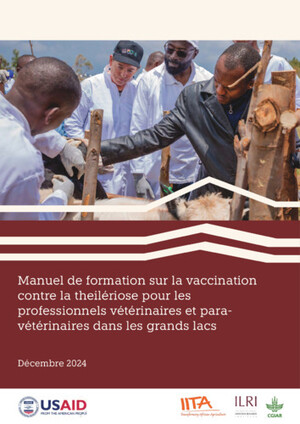
Applied genomics of tick vectors in relation to development of anti-tick vaccines and building research capacity in the eastern and central Africa
Ticks surpass all other arthropods in the number and variety of pathogens that they transmit to domestic animals, and rank second only to mosquitoes as vectors of human pathogens. A recent estimate indicates that globally livestock ticks alone are responsible for 14-17 billion dollars of economic loss annually. In a recent study, ecto parasites have been implicated among the top 10 livestock health constraints to the poor in sub- Saharan Africa (Perry et al. 2002. Investing in animal health research to alleviate poverty. ILRI, Nairobi, Kenya). More detailed information specifically relating to the East African region indicates that the costs of acaricide application by hand-spraying or dipping, the current major means of tick and tick-borne disease control in both smallholder dairy and traditional cattle systems, can amount to between USD 6-36 per adult animal in Kenya, Tanzania and Uganda (Minjauw and McLeod 2003. Tick- borne diseases and poverty. Research report, DFID Animal Health Programme, CTVM, UK). In addition to the high costs of current methods, which are beyond the means of the poorest livestock keepers, the traditional approach of intensive acaricide application is no longer sustainable due to increasing resistance to acaricides and concerns relating to environmental contamination and food safety.

















